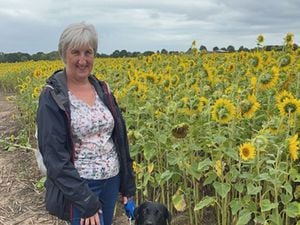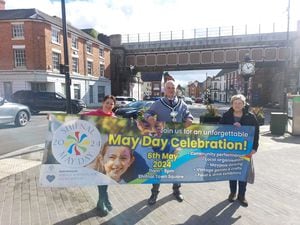Church spotlight: St Alkmund's in Whitchurch
Whitchurch, the town of the White Church. Yet St Alkmund's, which the town grew up around, is distinctively red, having been built from sandstone.
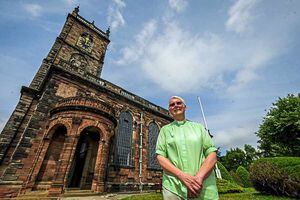
The name, almost certainly comes from a previous church which stood on the site, built from shimmering white stone. Built on the top of the hill, this gleaming building would have been visible for miles around.
But if the name of Whitchurch has people scratching their heads, the saint which the church is dedicated to is equally unusual.
There are only 10 churches dedicated to St Alkmund – two of them in Shropshire.
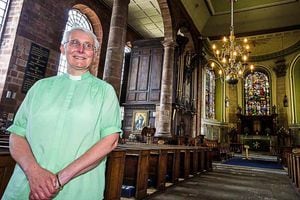
Established: 912AD, by Ethelflaeda, daughter of Alfred the Great.
The present church, built 1712 and 1713, is the fourth one on the site. The previous, which had stood for 400 years, fell down on the night of July 31.
Capacity: circa 600
Main services: Sunday 8am, 10am and 6.30pm
There is a ring of eight bells, seven of which were cast by Rudhall of Gloucester, five in 1714 and two in 1767; the other is by John Taylor & Co in 1842.[/breakout]
Alkmund whose name means Temple Protector, was the son of King Alhred of Northumbria. His succession was disputed by a usurper, Eardwulf, who in 800AD killed Alkmund's father and brother, and then Alkmund himself. But the young heir's everyday acts of kindness to the poor and orphans made him the stuff of legends, and following his death, his remains which were originally kept at Lilleshall, became the subject of intense devotion.
This St Alkmund's – the county's other one is in Shrewsbury – was founded in 912AD by the Ethelflaeda, daughter of Alfred the Great. It was around 1100 that the church which gave the town its name was built, using local white Grinshill stone.
The present church dates back to 1712, after the third church on the site – which had stood for almost 400 years – collapsed suddenly.
Rector, the Rev Canon Judy Hunt, says that today's elegant Queen Anne church attracts visitors from all over the world, many who arrive by narrowboat.
"We've had people from Australia, quite a lot of Americans, and many Canadians," says Judy, a former vet who became one of Britain's first batch of women priests in 1994.
"We get a lot of boaters, the church is often the first significant building that they see when they come from the marina." She says almost everybody comments on how light the inside of the church is.
"We have got some stained glass, but we have also got some very lovely windows, the combination is very striking, and gives a feeling of spaciousness." With its clean, sandstone facade and elegant apsidal sanctuary, the present-day St Alkmund's has been described as one of the finest examples of 18th century church architecture in Shropshire. "The apse is almost unique in that it is semi-circular," says Judy.
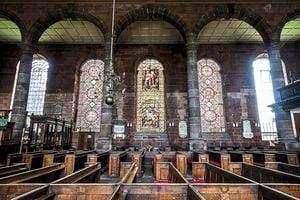
Other attractions are the tombs of two prominent men, both called Sir John Talbot.
The original Sir John, who lived in the 15th century, became the first Earl of Shrewsbury, and his life is chronicled on a board in the porch. A fine soldier, he was described by Shakespeare as 'the scourge of France' in Henry Vl, and he died at Castillon after the battle of Bordeaux in 1453.
His tomb, on the south side of the church, features an effigy of a knight lying on it with his feet resting on his dogs.
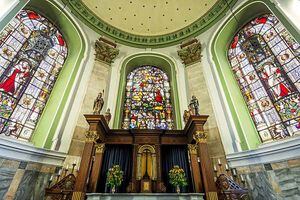
On the north side of the church is the tomb of the other Sir John, a descendant of the earl and was Rector of Whitchurch in the 1540s. On his death he endowed a school and Whitchurch's Technology College still bears his name.
Around 90 people a week turn out for the church's main Sunday services, and Judy says the church has a strong role at the heart of the community.
On June 28 the Bishop of Shrewsbury Rt Rev Mark Davies will attend the unveiling of a new memorial dedicated to the lost babies of Shropshire.
"The project started following the request of Sarah Elsley, who had herself just lost a baby during pregnancy," says Judy.


